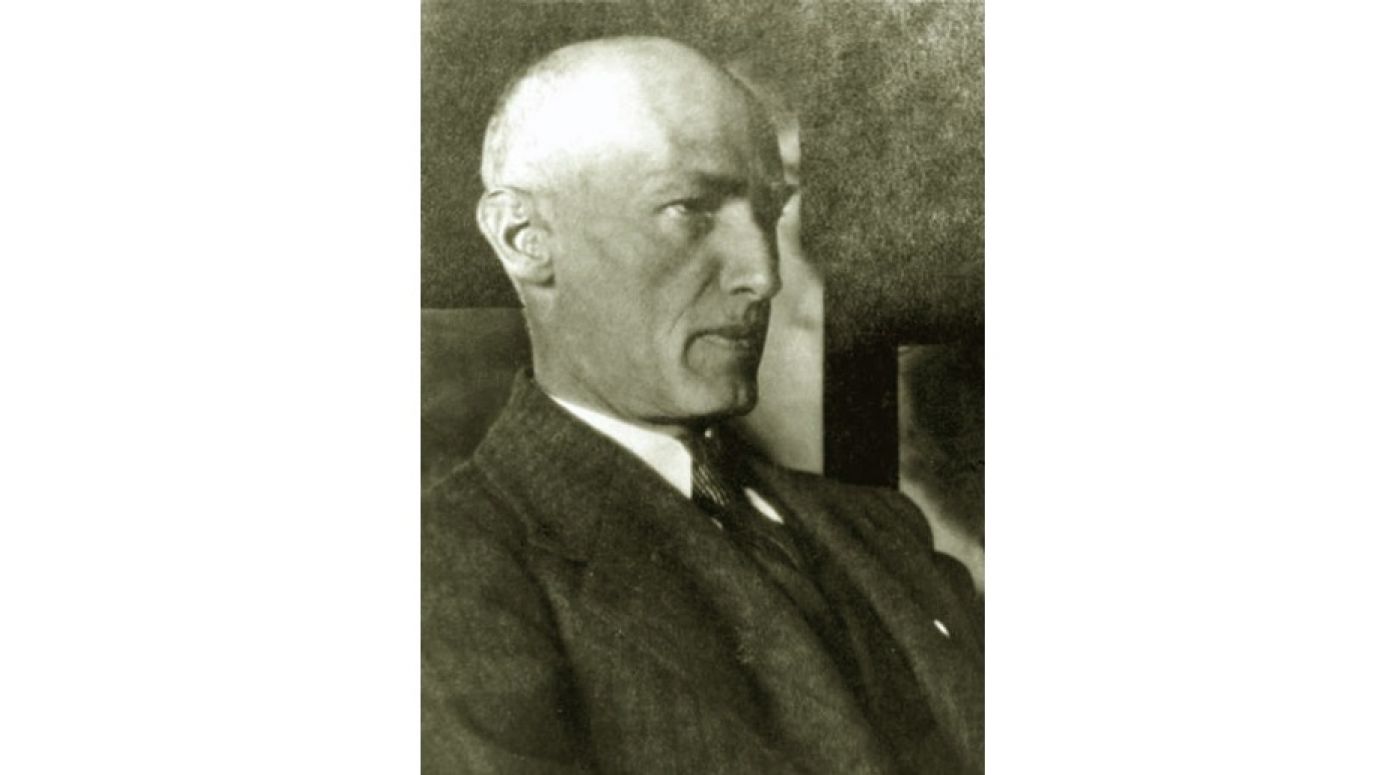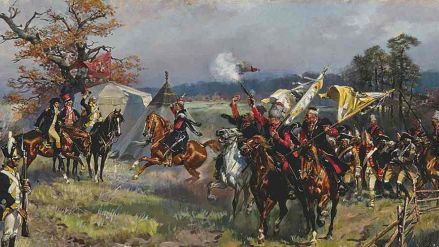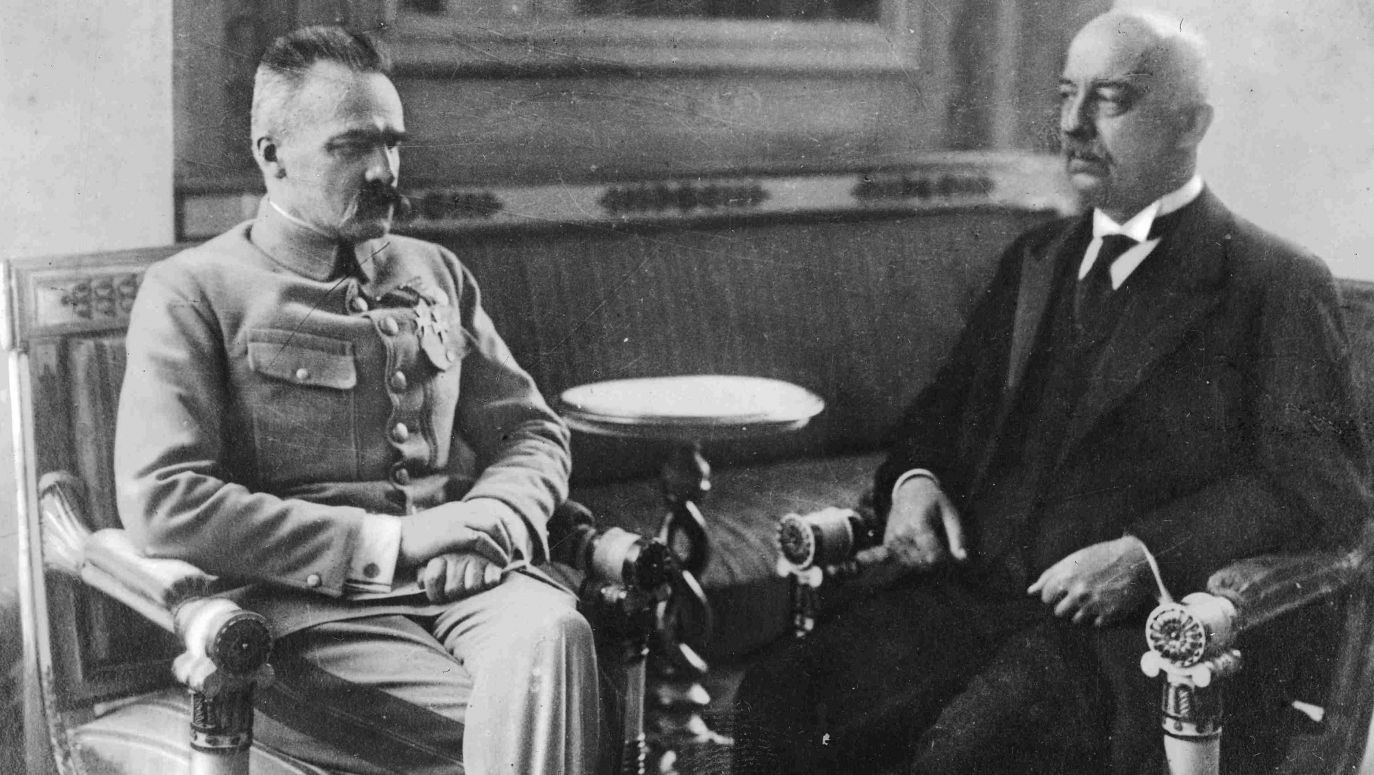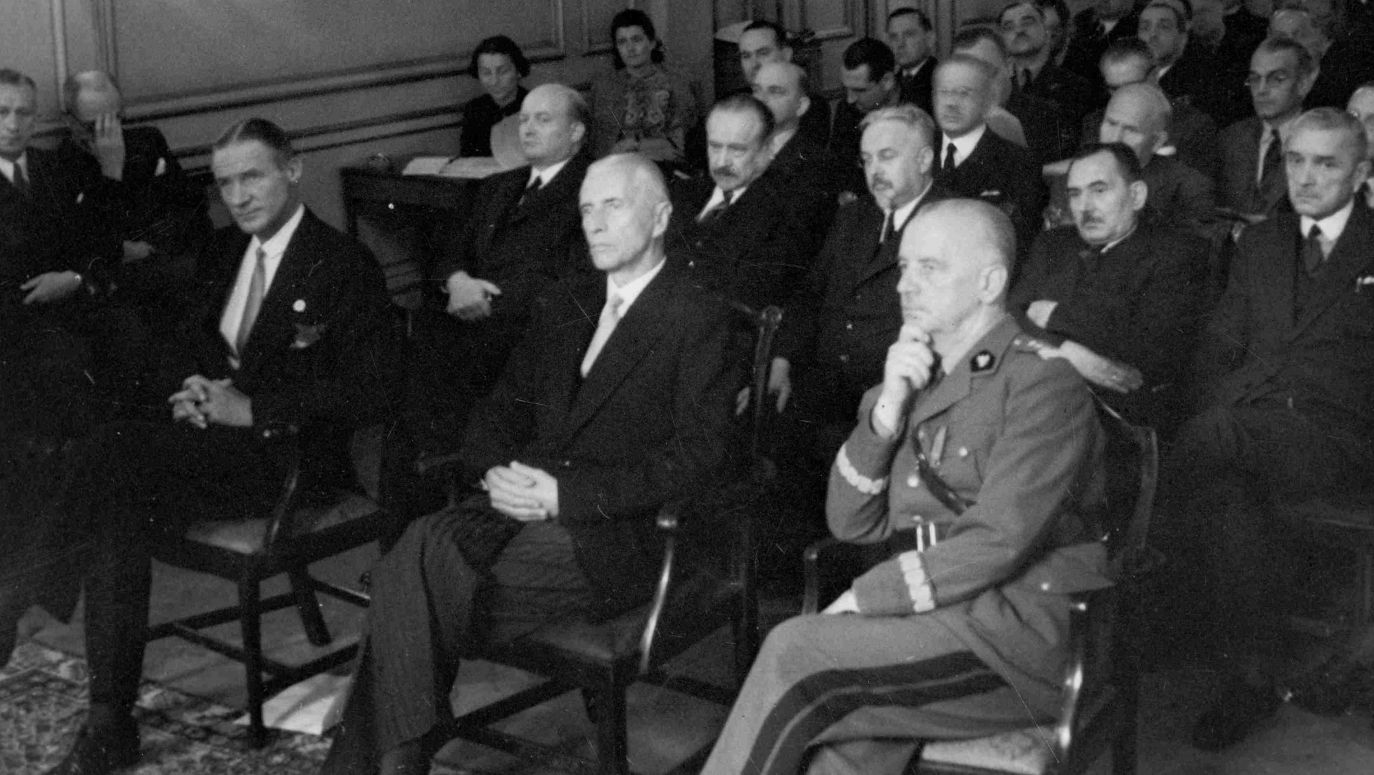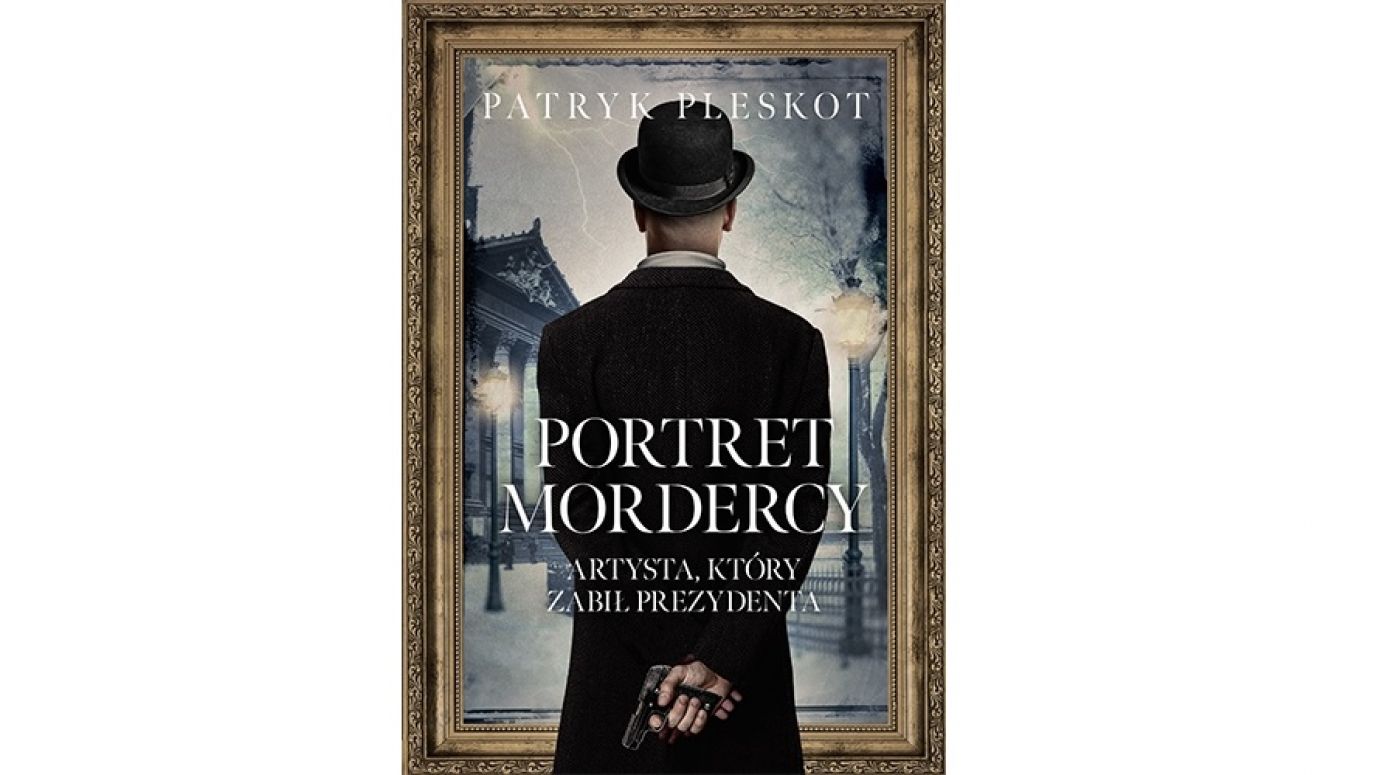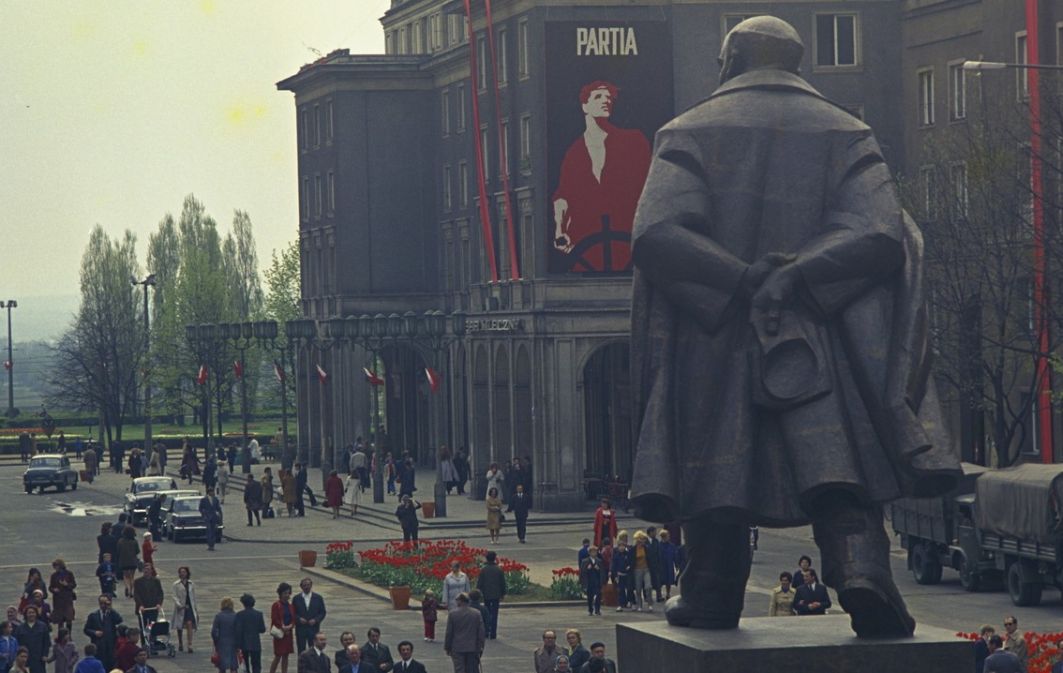TVP WEEKLY: We know from history that in Poland - unlike in other countries - politicians, and earlier kings, were not killed.
PATRYK PLESKOT: The Polish-Lithuanian Commonwealth was famous for that, it was a country without stakes and regicide. England, France - there we have a lot of bloody trials of power, palace murders, which did not happen in our country. There were a few unconvincing assassination attempts, such as the shooting of Sigismund the Old, the attack on Sigismund III Vasa by the mentally unbalanced nobleman Michał Piekarski, or the inept attempt by the Confederates of Bar to kidnap Stanislaw August.
What was the reason for this?
The lack of bloody trials or guillotines was due to both the nobility's freedom and the king's weak position. The vision of his murder was unattractive because the monarch had relatively little to say anyway.
But Gabriel Narutowicz, assassinated on 16 December 1922, had even less power than the kings of the declining First Republic. So why did he die?
The myth of a state without king-killers ended at the very dawn of Poland regaining its independence; after the first fully-fledged parliamentary and presidential elections held on the basis of the first March Constitution. In my opinion, the assassination of the President was the original sin of the Second Republic and, like any original sin, had its consequences.
Let's stay with history for a moment. The nobleman Piekarski, who attacked Sigismund III in 1620, was not only brutally tortured, but his corpse was fired from a cannon. Meanwhile, Eligiusz Niewiadomski, who shot the President of the Republic of Poland, rests in Powązki Cemetery.
This is unrelated to honouring his actions. The family plot of the noble Niewiadomski family was right there. His father Wincenty, a participant in the January Uprising, a very enlightened man, a populariser of science and Darwin's new theories, with contacts with Jewish businessmen and financiers, someone definitely not associated with the narrow-minded nationalist, was buried at Powązki.
 SIGN UP TO OUR PAGE
SIGN UP TO OUR PAGE
 Perhaps if Niewiadomski had been brought up by his father, he would not have become such a radical?
Perhaps if Niewiadomski had been brought up by his father, he would not have become such a radical?
Eligius was the youngest of the children. When his father got involved with another woman after his mother's death, his eldest sister Cecilia took Eligius to raise him. She was 16 years old and left her father, not accepting his new relationship. And here are some threads of Niewiadomski's biography and upbringing that may have influenced his views. Cecylia was an apodictic old maid with national sympathies (and also a very distinguished social activist). Rumour had it that her unfulfilled love was a close associate of Roman Dmowski. One can therefore guess that Eligiusz had been imbued with national tendencies since childhood. In addition, like many other young people in the Russian partition, he received a strict upbringing at a school supervised by the ruthless superintendent Alexander Apukhtin, and this may also have influenced the formation of his personality.
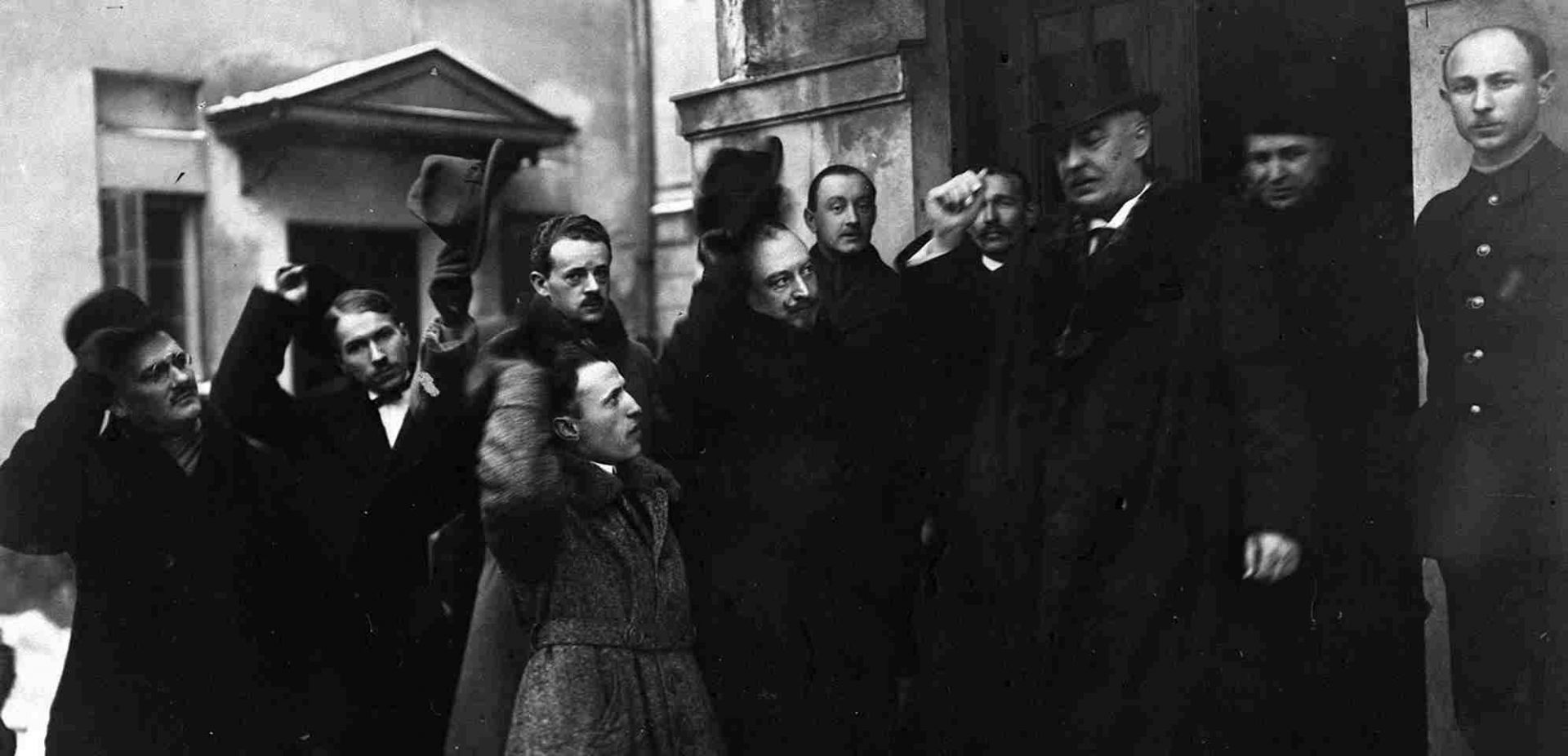
 SIGN UP TO OUR PAGE
SIGN UP TO OUR PAGE
 Perhaps if Niewiadomski had been brought up by his father, he would not have become such a radical?
Perhaps if Niewiadomski had been brought up by his father, he would not have become such a radical?
